In the world of injection molding, temperature acts like a mysterious "controller", silently yet crucially influencing the final quality of the products. It runs through the entire molding process, from the injection of molten plastic to the cooling and shaping of the product in the mold cavity. Every subtle change in temperature can trigger a chain reaction in the product's performance and appearance. So, just how significant is the impact of temperature on injection-molded products? Below is a detailed analysis.
1. Influence on the Internal Stress of the Product
The internal stress of a product is formed due to different shrinkage rates during cooling. After the product is molded, the cooling process starts from its outer surface and gradually extends inward. The difference in cooling speeds between the outer and inner parts leads to internal stress.
The cooling system of the injection mold plays a key role in this process. It makes the molten plastic material cool rapidly. Although this rapid cooling helps improve production efficiency, it also causes the molded product to have high residual internal stress. The mold temperature is the "basic tool" for controlling the internal stress of plastic products. Even a slight adjustment to the injection mold temperature can result in a significant change in the residual internal stress of the product. It's like a delicate balance scale, where a tiny change in temperature can disrupt the equilibrium of internal stress.
2. Impact on the Shrinkage Rate of Product Molding
In injection molding, there is a subtle relationship between temperature and the shrinkage rate of product molding. When the temperature of the molten plastic material increases, its molecular activity intensifies, and the intermolecular forces relatively weaken, leading to a decrease in the shrinkage rate. Conversely, if the temperature of the injection mold increases, the cooling speed of the plastic product in the mold cavity slows down, and the shrinkage rate increases instead.
This seemingly contradictory relationship is actually a manifestation of the physical properties of plastic materials under different temperature conditions. Understanding and mastering this rule is crucial for accurately controlling the dimensional accuracy of the product. Only by reasonably regulating the temperatures of the molten plastic material and the injection mold can we ensure that the shrinkage rate of the product meets the design requirements and avoid dimensional deviations that may affect the product's assembly and performance.
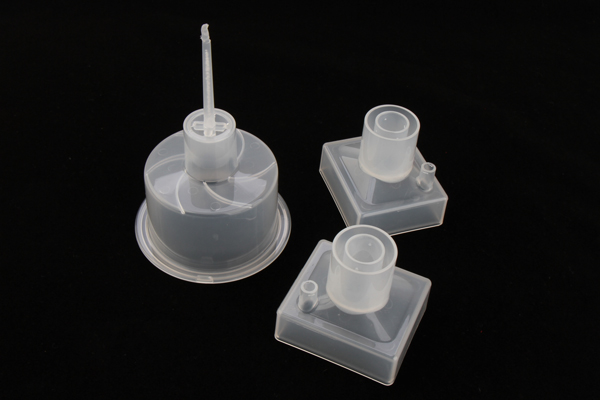
3. Shaping the Appearance of the Product
Temperature also has a significant impact on the appearance of plastic products. A higher melting temperature can give the plastic material better fluidity, like injecting vitality into a viscous liquid, enabling it to flow and fill the mold cavity more smoothly. This good fluidity usually makes the outer surface of the product smoother and shinier, just like a well-crafted artifact.
In addition, a higher melting temperature can improve the strength and surface quality of the weld lines. Weld lines are the areas where the melt from different runners or gates meets during the molding process of plastic products, which are prone to problems such as low strength and rough surfaces. An appropriate melting temperature allows the melt to fuse better when meeting, reducing the traces of weld lines and improving the overall appearance quality of the product.
4. Connection to Product Defects
The design of the cooling system and temperature control of the injection mold are directly related to the quality of plastic products. If the cooling system design is unreasonable or the injection mold temperature control is improper, resulting in insufficient cooling of the plastic product, a series of defects will occur, with warping deformation being the most common one.
Warping deformation is like a flat piece of paper being randomly twisted, seriously affecting the shape accuracy and appearance quality of the product. This will not only prevent the product from being used normally but also increase production costs and the scrap rate. Therefore, in the design and production process of injection molds, great importance must be attached to the design of the cooling system and temperature control to ensure that the plastic product can cool evenly under appropriate temperature conditions and avoid defects such as warping deformation.
Temperature plays a pivotal role in the molding process of injection-molded products. From controlling internal stress to adjusting the shrinkage rate, from improving appearance quality to preventing defects, temperature is crucial. Only by deeply understanding the impact mechanism of temperature on injection-molded products and taking effective control measures can we produce high-quality and high-performance plastic products.
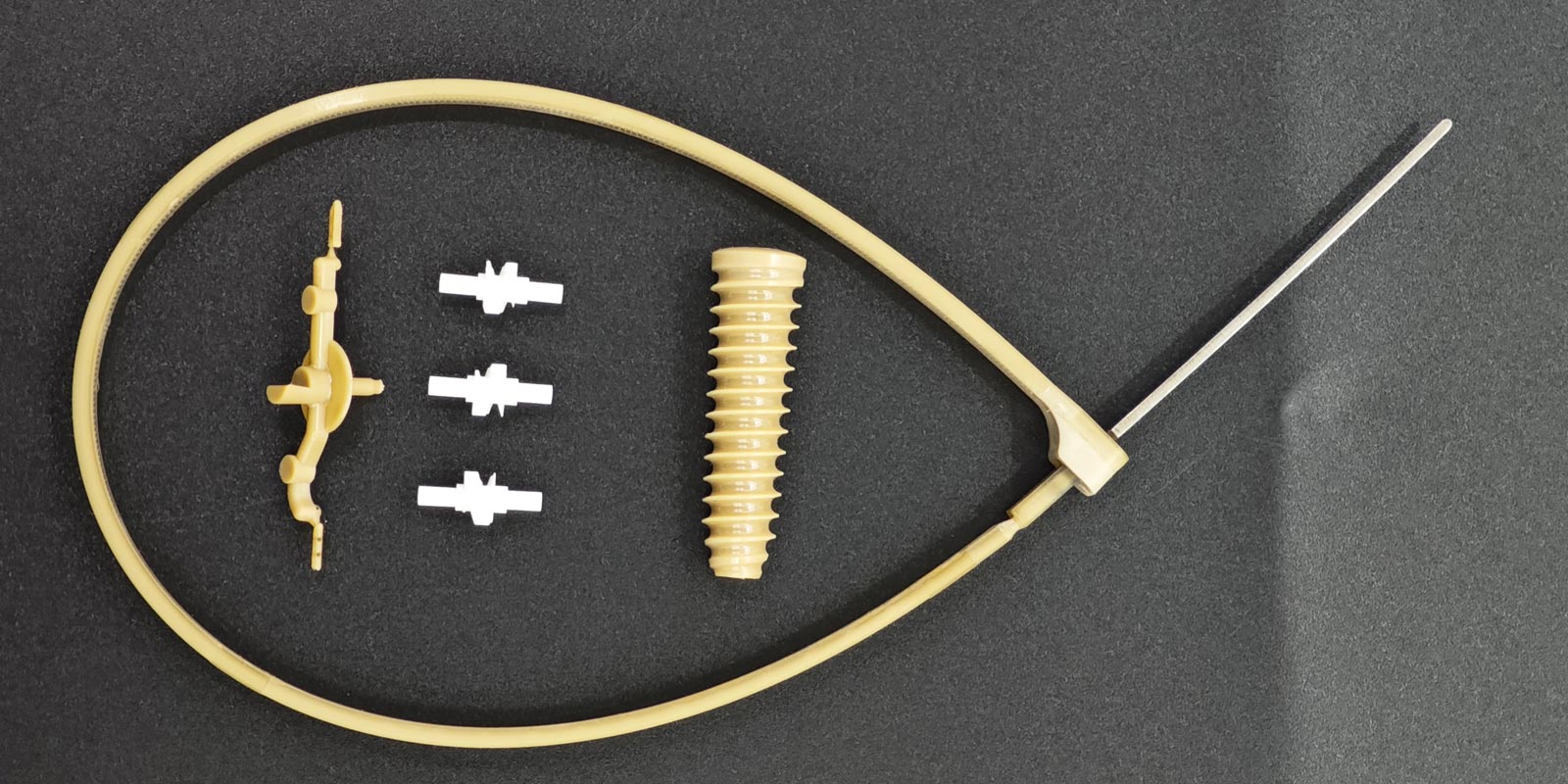
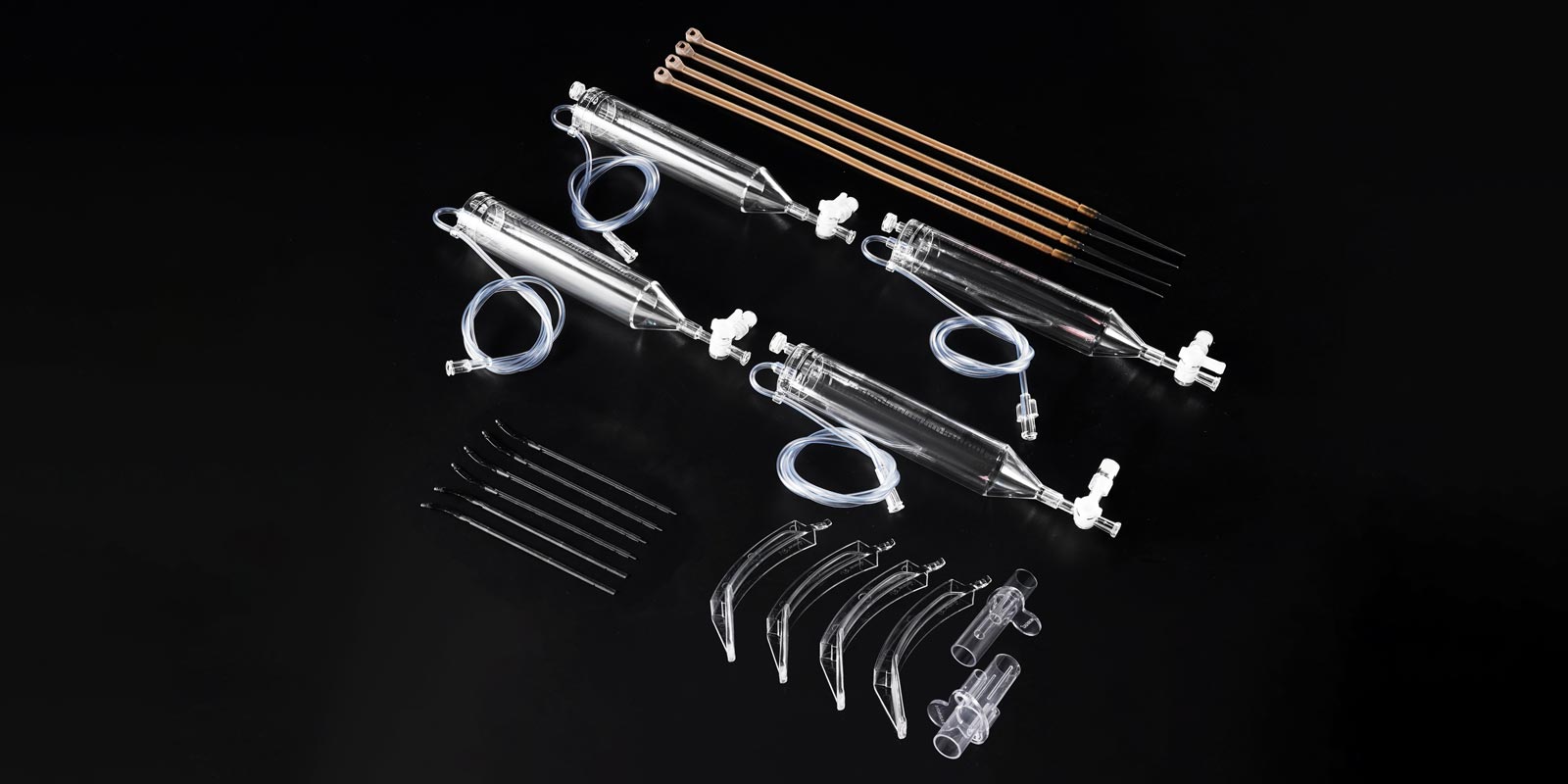
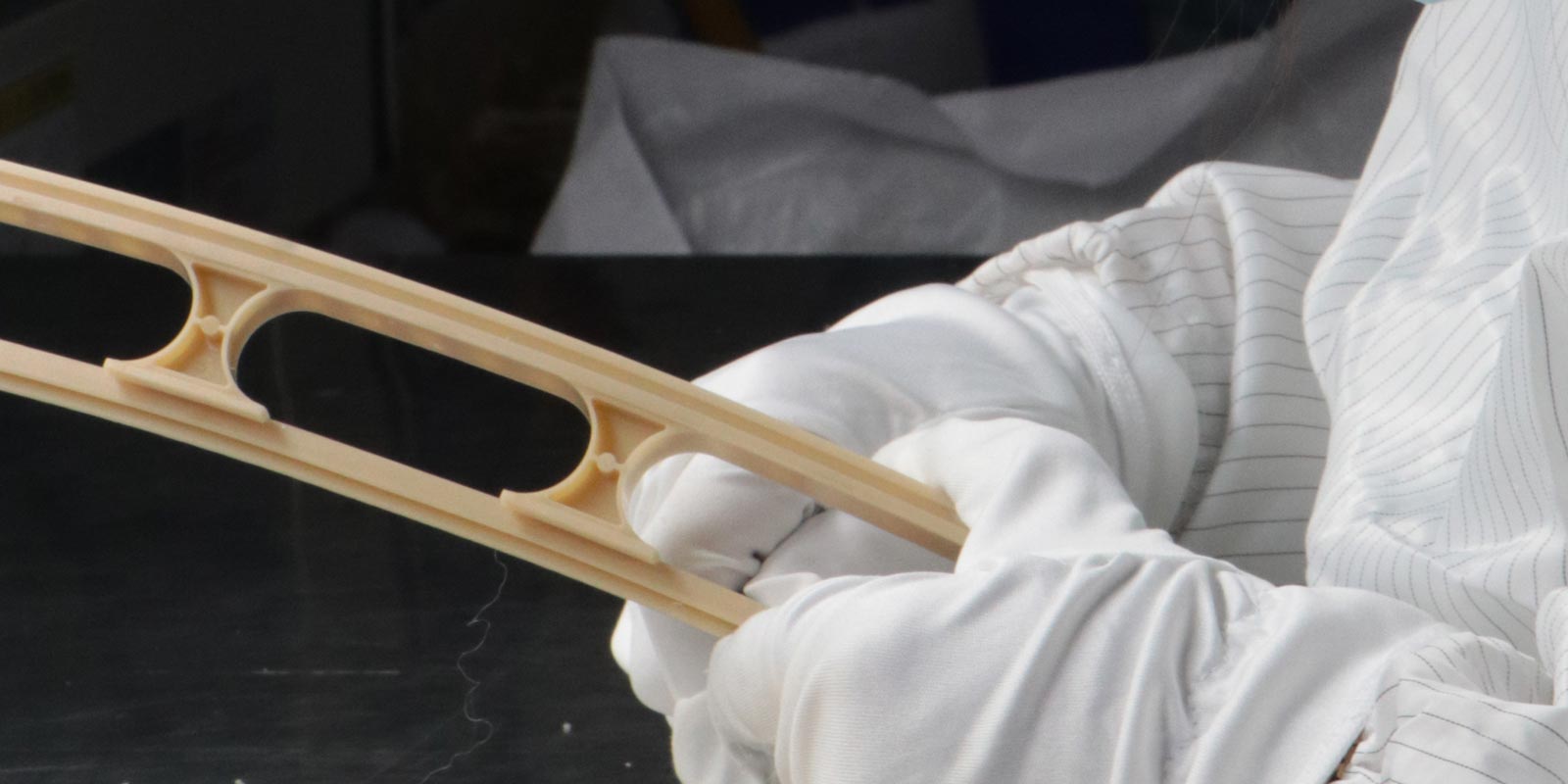
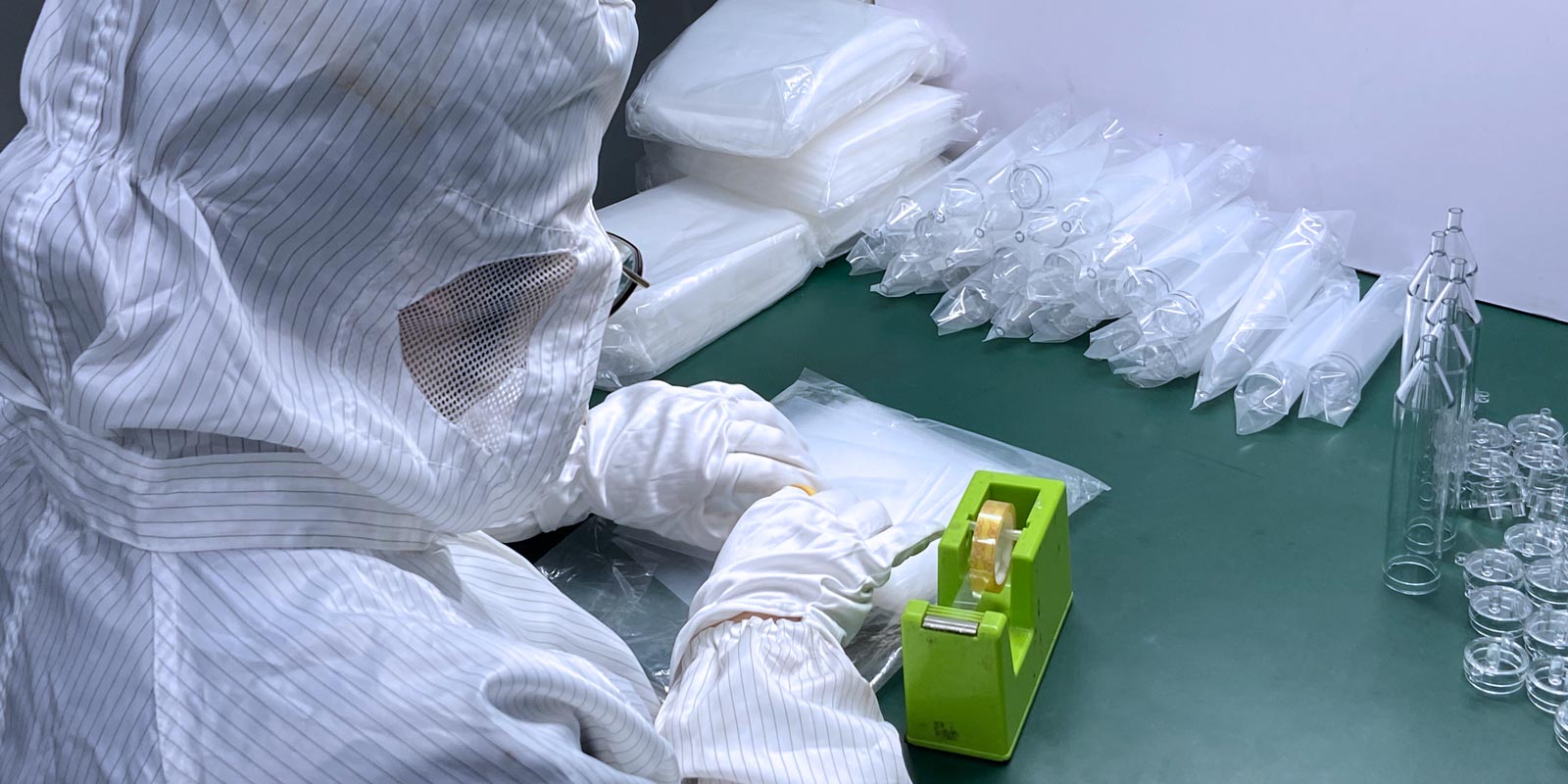
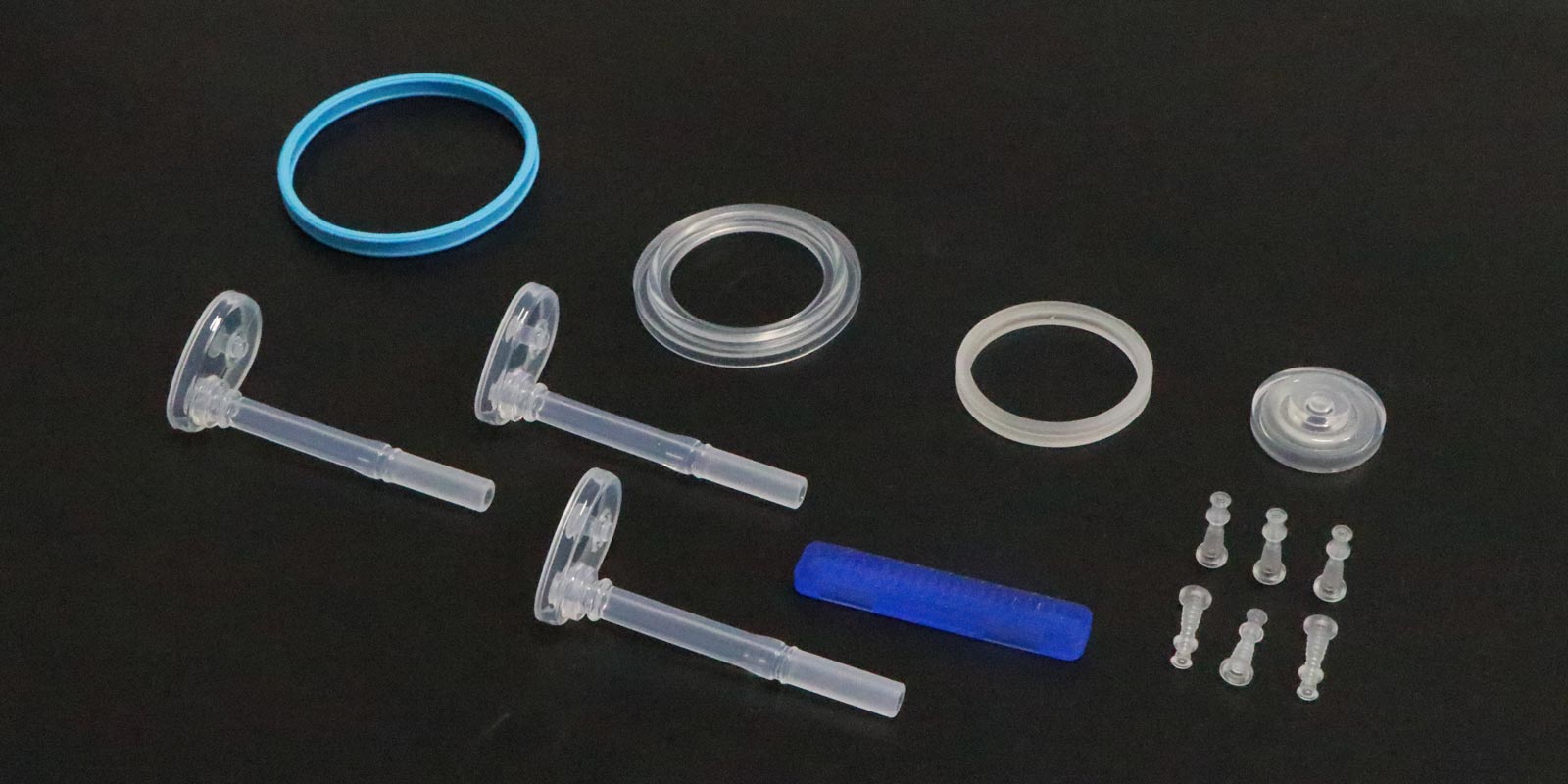
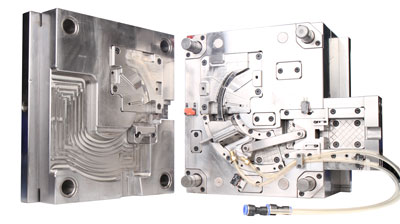
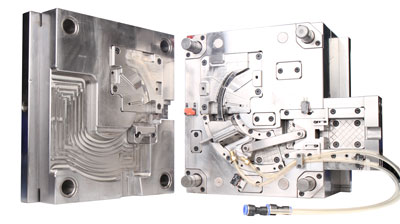
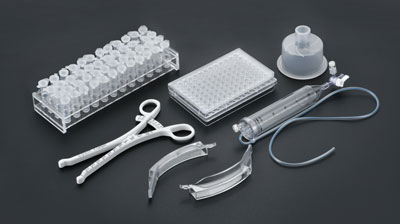








 Home
Home
